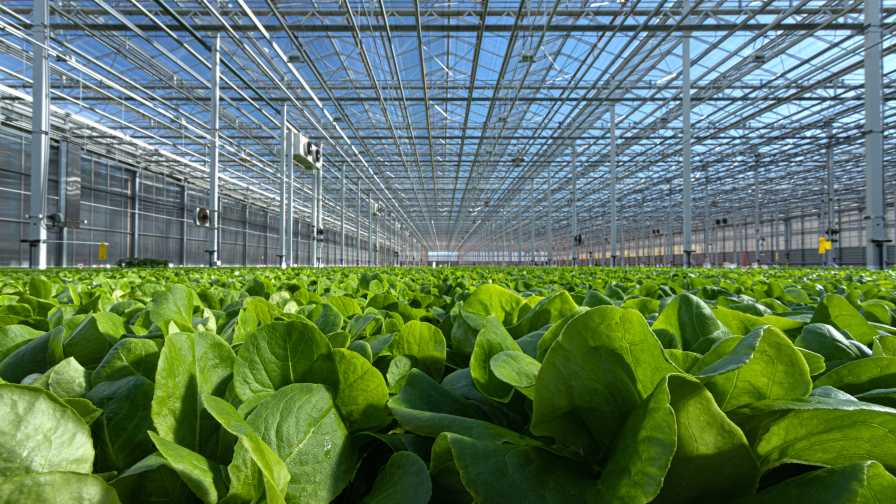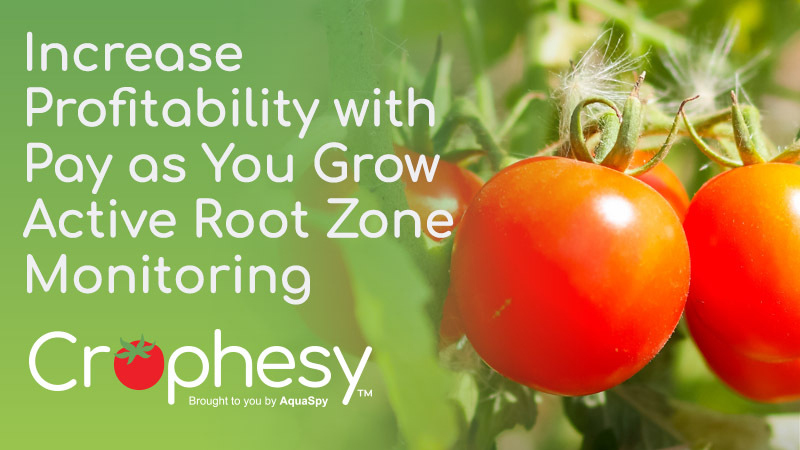Are You Doing Enough to Minimize Food Safety Risks in Your Greenhouse

Photo: Revol Greens
Wash your hands before you eat, my grandmother admonished (frequently). She was a food safety advocate. As producers, many food safety risk factors in controlled-environment agriculture (CEA) are more controllable than those in open-field farms, but that doesn’t mean those risks aren’t present. Failure in this critical area can have disastrous consequences for everybody.
Food produce or packaging contamination is possible, even for indoor or controlled-environment growers. A problem that makes people sick and gets in the news is an issue for everyone, not just the grower who has a problem. Consumers expect and deserve safe, clean food, and the backlash against the industry can be harsh (as it should be) for failures.
“Food safety should not be a competitive issue,” says Tom Stenzel, Executive Director of the CEA Alliance.
That’s why a group of CEA producers, suppliers, and clients formed the Food Safety Coalition, later renamed and expanded to the CEA Alliance.
With a focus on food safety for all CEA producers, the organization aims to foster increased awareness, provide producers with best management practices, and increase consumer confidence and knowledge about CEA products.
Creating a Culture of Food Safety
Food safety has to have a seat at the table with operations, sales, and everyone else. It can’t be a collateral or secondary duty. Revol Greens CEO Michael Wainscott is passionate about creating a culture of food safety.
“There is no chain of command with food safety,” he says. “Anyone can come to me. People have to feel that in an organization. We’ll stop a truck, we’ll stop whatever until we get it right. Food safety comes first over filling orders, over everything.”
Getting everyone on the right track can be challenging, from regular employees to visitors, even maintenance workers and contractors. At Revol Greens facilities, toolboxes are weighed and inventoried when they go into the greenhouse and again when they come out, just like the flight deck on an aircraft carrier. Complete accountability is required.
“Every shoe covering is tight. Everyone is part of it,” says Wainscott. “It can’t be something that is part of orientation and then never mentioned again. It has to be every day.”
Stenzel agrees, explaining the key is to “create a culture, no matter how big or small your operation, that you are a food producer.” He explains, “Five years ago, we didn’t understand the risks as well as we do today.”
Even if you have an established program, it may need a refresh. Ultimately, being a food producer means you have a partnership with your customers and a responsibility to operate at the highest level to provide clean, safe food.
“If you feed someone, you can kill someone,” says Wainscott. “If that makes you squeamish, you probably aren’t doing what you should.”
Areas to Focus Attention
Stenzel explains that food safety can be divided into four main areas of concern: water, substrate, seed, and people. While producers are trained and proficient at selecting, using, and testing for pesticide issues, some of these other areas might need a fresh look.
The most likely and most common source of contamination is water, according to the USDA. Water used for fertigation or washing/packing can be contaminated with organisms like E. coli, Salmonella, Listeria, Giardia, Cryptosporidium, and other microorganisms. While well water is usually less likely to have issues, a water testing program is essential to a food safety program.
All pond waters at Revol Greens facilities get treated with UV or ozone to mitigate microorganisms, says Dinesh Babu, Vice President of Food Safety and Compliance at Revol Greens. Transport water gets ozone-treated. They also perform regular microbiological testing of waters used in their greenhouses and facilities.
Producers using a growing medium need to look at it from a food safety perspective. Substrates could be contaminated from water sources or an issue with the supply chain. Many of these media utilize natural components, even if they are highly manufactured. Supply chain testing can help ensure food-grade sanitation levels are being maintained.
When thinking about diseases and seeds, commonly, we assume vendors test for plant-related diseases. However, your seed source could also be a food safety issue.
“We expect our suppliers to have risk mitigation steps,” says Babu. “Tracking and accountability begins with seeds, which are held in controlled access storage.”
The most visible of these four areas is people. Restroom facilities, break and eating stations, and even hairnets, booties, and gloves — are all areas looked at when performing a food safety audit.
Don’t just look at employees. Everyone who walks into the facility needs to know how important food safety is and what the protocols are. Contractors, vendors, tour groups, and salespeople must observe the proper sanitation practices.
From personnel practices like hair nets and booties to equipment like dedicated greenhouse forklifts, anti-microbial powder “baths” for feet and equipment wheels, scheduling of maintenance, and daily sanitation checks, it has to be the right way, every time. One exception can cause a major issue and erode the culture you’ve worked hard to establish.
The biggest challenge is in finding labor and timely training of new hires with all our procedures, says Babu.
“All new employees in the greenhouse go through food safety training,” he says. Everyone knows the policies, from the CEO to the newest worker.
Programs to Help
USDA GAP (Good Agricultural Practices) audits are voluntary and can highlight areas to work on. Downloadable checklists are available, a great place to start a self-assessment. GAP audits are also less expensive than third-party audits. Many states offer grower training classes and on-farm reviews that are usually free and non-regulatory (aiming to help, not punish).
This fall, the CEA Alliance is releasing its Food Safety in CEA Best Practices guidance, targeted at CEA producers large and small. The document will be available free of charge, no membership required.








